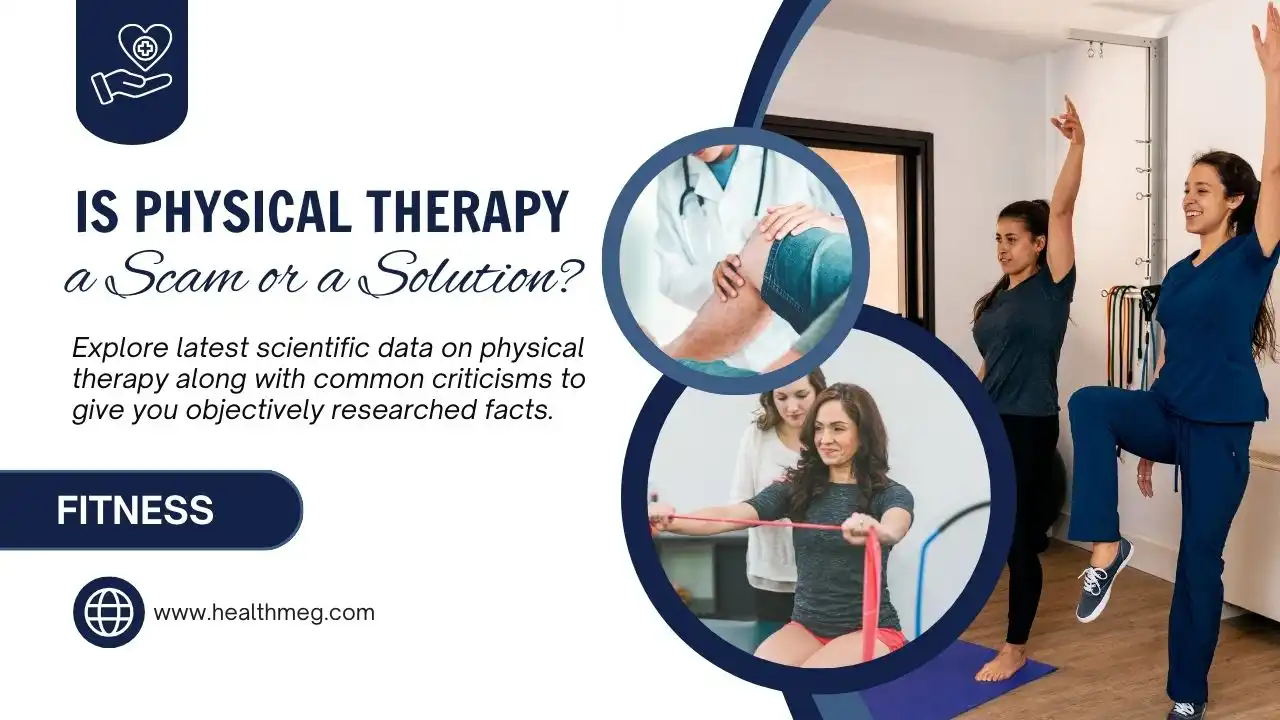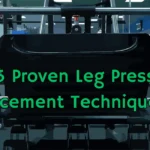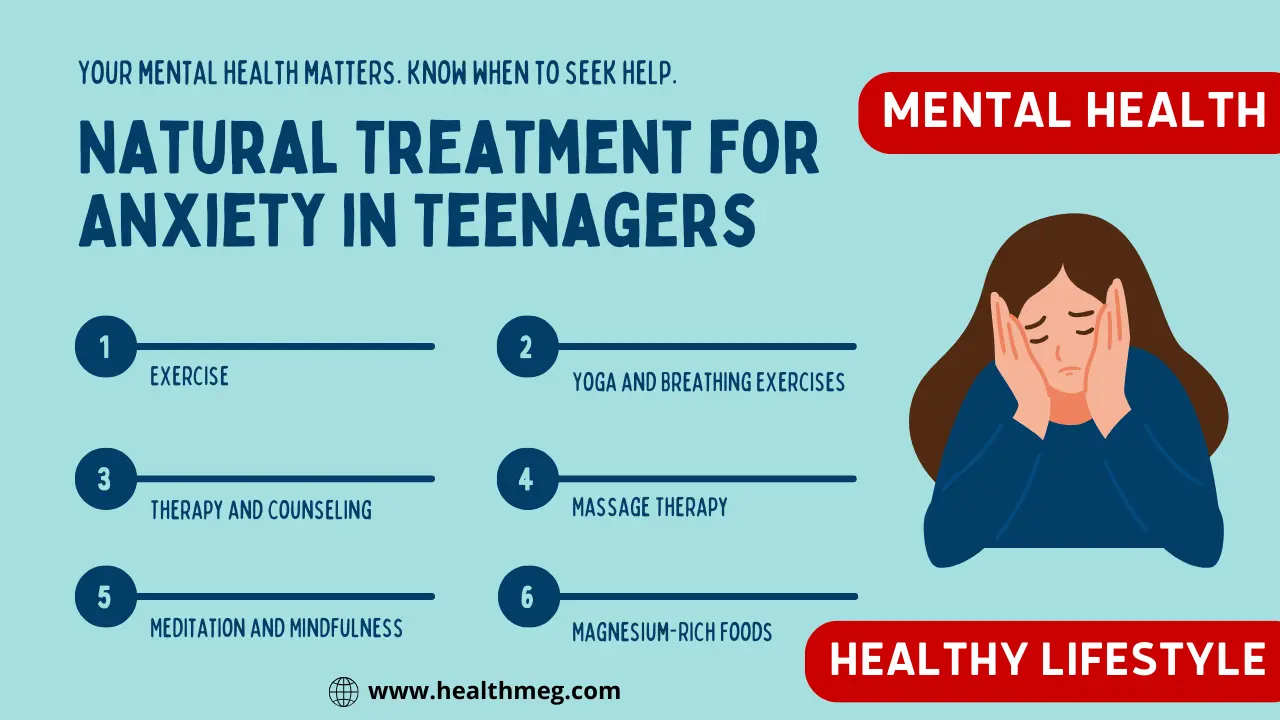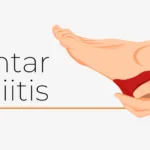Introduction
If you’ve suffered an injury, physical therapy (PT) often enters the recovery plan. But conflicting opinions on its effectiveness may have you wondering – Is Physical Therapy a Scam or a Solution?
In this article, we analyze the latest scientific data on physical therapy along with common criticisms, including the controversial claim that physical therapy is a scam, to give you objectively researched facts. You’ll learn clear answers on what PT can and can’t treat, how outcomes compare to alternatives, realistic costs, and qualifications ensuring competent care. Read on for clarity to then make the most informed decisions for your situation.
Do read the People Also Ask (FAQs) about this topic.
The Key Takeaways
| Topic | Key Takeaways |
|---|---|
| Overall Verdict | For most injuries or conditions needing non-surgical rehab, properly customized physical therapy provides solutions rather than scams. |
| Costs and Timelines | PT pricing fits medical expectations to resolve conditions within 6-12 weeks. Insurance lowers out-of-pocket costs when using in-network providers. |
| Holistic Factors | Legitimate PTs address lifestyle elements like jobs, exercise habits and mental health influencing sustainable healing. |
| Surgery | Conservative PT trials first for unexplained pain without clear tissue damage. Surgery has higher risks but may become necessary depending on response. |
| Finding Quality Care | Red flags include pressure for endless appointments without progress tracking or cookie-cutter routines. Qualifications to seek involve specialized expertise in customized programming matched to your needs. |
| Best Candidate Profiles | Conservative PT trials first for unexplained pain without clear tissue damage. Surgery has higher risks but may become necessary depending on the response. |
Is Physical Therapy a Scam or a Solution?
For most people, when appropriately prescribed and administered, physical therapy constitutes an effective solution – not a scam – for non-surgical rehabilitation and mobility restoration. Qualified physical therapists specializing in customized treatment plans can resolve 50-90% of various injuries, strains, post-op deficits and chronic overuse issues. Success depends profoundly on choosing an experienced, reputable practitioner attentive to maximizing whole-person wellness.
Breaking Down Common Physical Therapy Critiques
Those questioning the PT industry often levy accusations of:
- Financial waste for minimal progress
A common complaint involves excessive rehab expenditures for modest functional improvements that soon plateau. However, legitimate factors explain cost necessity and reasonable outcome ceilings. We’ll explore realistic expense parameters shortly.
- Disconnected from holistic wellness
Some perceive PTs as narrowly focused technicians rather than whole-person health stewards. However, within appropriate scope limitations, quality PTs customize care plans addressing lifestyle factors influencing sustainable healing.
- Inferior injury cure rates versus surgery
Certain critics argue that PT fixes fewer cases of pain or dysfunction compared to quicker surgical interventions. The reality reflects more nuance balancing risk, invasiveness and particular diagnosis considerations.
Now let’s dig deeper into what credible research objectively conveys about each complaint to reach a fair verdict.
Financial Reality: How Much Does PT Cost?
USA national averages for just PT without extras like chiropractics or massage range from $100-200 per visit. Multiple weekly sessions over 6-12 weeks add up depending on injury severity.
Surprisingly, this aligns closely with global data that most musculoskeletal conditions resolve around the 6-9 week (8-12 session) mark. Going beyond often indicates an outlier issue warranting costlier measures down the road if unresponsive – a normal phenomenon in medicine, not a PT scam.
Additionally, check your insurance coverage, as policies do reimburse registered PTs. Seeking in-network providers keeps out-of-pocket costs lower as well. If finances remain prohibitive, community clinics or physical therapy schools offer supervised low-cost care.
In totality, industry pricing fits medical cost expectations for non-permanent solutions to recent injury or non-progressive pain. Calling standard rehab expense parameters a “scam” without context ignores economic reality.
The Bigger Wellness Picture: Does PT View Bodies Holistically?
Legitimate PTs don’t focus exclusively on joint mobility or strength, but customize programming per clients’ lifestyle factors also influencing healing trajectories:
- Activity levels and exercise habits
- Job duties and demands
- Hobbies and recreational pursuits
- Nutrition and sleep sufficiency
- Mental health management
- Injury prevention education
They also communicate with wider care teams like psychologists or dietitians to address interrelated wellness connections.
Those claiming PT ignore whole bodies and lives, or even going as far as stating that therapy is a scam, likely encountered substandard clinics neglecting proper assessment or intervention individualization. Qualifications matter immensely, as explored below regarding competency markers.
Surgery & PT: Weighing Invasive vs Non-Invasive Approaches
It holds that physical therapy on its own cannot definitively “cure” all anatomical defects like a tidy surgery.
However, for issues absent clear mechanical disruption (no unstable joint laxity or displaced discs evident), and where subjective pain alone causes disability without obvious tissue damage – PT initially remains the appropriate first-line defence to try over immediately slicing tissue. Specific cases warrant particular care paths based on damage type and extent.
Additionally, the following key tradeoffs distinguish conservative PT from surgeries:
| Physical Therapy | Surgery | |
|---|---|---|
| Risk Profile | Non-invasive with minimal side effects | Higher complication chances inherent to any operation |
| Recovery Timelines | Gradual progress over months | Faster theoretical fix but long stabilization periods |
| Success Rates | See the previous section analysis | Slightly higher success percentage when deemed medically necessary but involves permanent change |
| Cost Comparison | See the previous section’s analysis | 5-10x expensive averaging $11,000+ out-of-pocket |
| Repeatability | Can undergo multiple times if needed | Repeat procedures complicated and unideal |
This data explains why PT persists as the first-line treatment approach medically mandated for most uncomplicated mechanical pain cases or muscle strains. Patients then progress accordingly based on demonstrated response. Declaring PT definitively “inferior” represents an overgeneralized perspective lacking appropriate clinical context.
Qualifications Ensuring Your Quality Care
While no healing process offers 100% satisfaction guarantees even with ideal circumstances, focusing on top practitioner qualities maximizes positive outcomes:
- Doctorate-level degree from an accredited program
- Specialized certifications matching your injury type
- Active state licensure demonstrating ongoing education
- 10+ years experience treating wide-ranging conditions
- Takes both private insurance and public assistance
- Free consultations explaining customized treatment plans
- Connects you to a full care team including doctors and massage therapists
Avoid practitioners displaying red flags like:
- Pressure towards long-term care without clear progress tracking
- Vague or cookie-cutter treatment regimens
- Lack of customized education on preventing future injuries
Seeking PT bears similarities to finding any exceptional service provider – specialized expertise and attentive care deserve fair compensation. Identify respected professionals dedicated to maximizing function, not endless sessions, to ensure positive ROI on your recovery journey.
Conclusion – Who Benefits Most from Pursuing PT?
After analyzing both valid criticisms and merits within the proper context, PT executed strategically by highly trained, ethical practitioners undeniably holds value for several categories of people:
- Those needing non-surgical strength and mobility rehabilitation after illness or injury
- Victims of nagging athletic overuse syndromes impeding active lifestyles
- Office workers losing functionality from chronic ergonomic strain
- Injury-prone manual labourers needing motion preservation
- Post-op surgery patients needing careful stabilization
However, not all pain scenarios automatically warrant extensive PT trialling before considering more invasive interventions. Being an informed advocate for your health means asking critical questions about when to progress down more aggressive tracks beyond surface-level accusations such as physical therapy is a sham. Expressing realistic outcome expectations of non-surgical treatment also constitutes appropriate patient empowerment.
With foundationally sound training plus individualized diligence applied towards improving strength, flexibility and movement patterns for your situation, PT delivers lasting solutions – not platitudinal scams. However, identify trusted practitioners willing to customize paths based on how your body responds at critical milestones. Your restored functioning hinges profoundly on this collaborative discernment process.
People Also Ask (FAQs)
Q) Is physical therapy effective?
A) Yes, extensive research shows that physical therapy is highly effective for treating a wide variety of injuries, illnesses, and conditions when applied appropriately.
Q) Is physiotherapy scientifically proven?
A) Yes, the practices of physical therapy and physiotherapy are evidence-based, underpinned by decades of scientific research into anatomy, biomechanics, neuroscience, and more.
Q) Is physiotherapy legitimate?
A) Yes, physiotherapy delivered by a licensed professional is a legitimate medical practice proven to help patients regain strength, mobility, and flexibility, and manage pain for improved quality of life.
Q) Do I need physical therapy?
A) For many musculoskeletal and neurological conditions, physical therapy is a critically important part of the treatment and recovery process. A therapist can evaluate if it’s right for you.
Q) When PT doesn’t work?
A) In some cases, underlying medical issues, incorrect diagnosis, poor patient commitment, or a suboptimal treatment approach can contribute to physical therapy not working fully. Second opinions from another practitioner may help.
Q) What is the success rate of physiotherapy?
A) Success rates vary widely depending on the specific condition, severity, patient adherence, and other factors. However, studies show a high percentage of patients experience reduced pain, increased mobility, and other positive outcomes.
Q) Is physiotherapy a scam
A) No, physiotherapy is not a scam. It’s a legitimate, evidence-based treatment method used for various conditions. However, the effectiveness can depend on the quality of care and the individual’s condition. Always seek treatment from a qualified and reputable physiotherapist to avoid any potential physiotherapy scam.
Q) Does physiotherapy have a future?
A) Yes, as life expectancies rise and age-related mobility issues grow, demand for physiotherapists is projected to grow substantially in the future as a vital role within healthcare systems.
Q) Is a physiotherapist a real doctor?
A) In most countries, a physiotherapist has an advanced university degree, but not a medical doctorate like physicians. However, they are hands-on specialized movement experts and critical providers within the healthcare field.
Q) How long does it take to see results from physical therapy?
A) Many patients begin feeling symptomatic relief within 2-6 weeks of starting physical therapy. However lasting functional improvements often take about 4-8 weeks as strength and mobility gradually rebuild. More serious issues can take several months.
Q) Is physical therapy better than gym?
A) Physical therapy and gym exercise have distinct roles. Therapists personalize treatment to target specific deficits using techniques a standard gym lacks. But gym training helps maintain long-term gains once therapy finishes. A combination approach is optimal.
Q) Is physical therapy once a week enough?
A) Typically once a week is the minimum effective frequency, but twice per week often yields faster improvements in mobility and strength. Home exercises between sessions are vital too. More complex issues may require 3 times per week or more.
Q) How do I know if my physical therapist is working?
A) Indicators that your physical therapist is working on include pain beginning to ease, range of motion and flexibility improvements, strength increases measured by tests, as well as functional tasks becoming less difficult over the first few weeks. Tracking progress helps gauge effectiveness.











